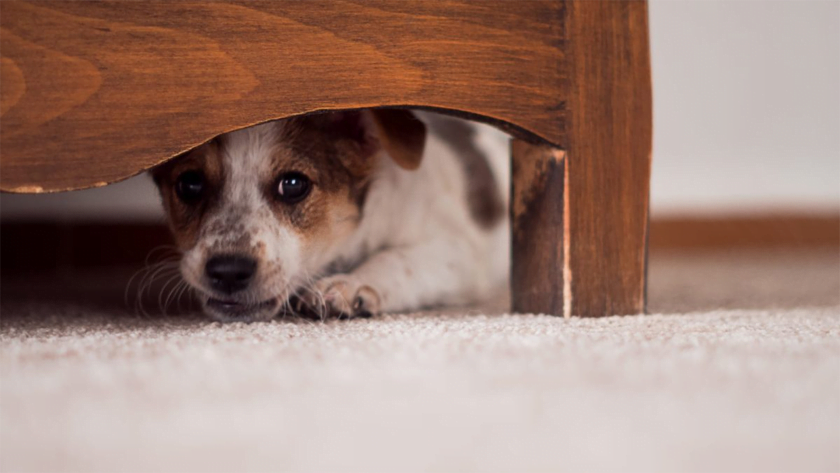Fears for impact on pets as we return to work

Over the past four months, our four-legged friends have grown used to having us around more. Our cats are probably counting down the days until we go back to work and leave them in peace, but our dogs may struggle with separation anxiety when we’re out of the house for more extended periods than they are used to.
What is separation anxiety?
Separation anxiety is when a dog gets anxious whenever their guardian leaves them alone. It is a serious issue because dogs suffering from separation anxiety may injure themselves severely as they desperately try to escape the house in your absence to find you. According to The Humane Society, possible signs of separation anxiety are:
• Barking, howling, and/or whining when you leave the house
• Destructive chewing
• Digging or scratching at doors in an attempt to reunite with their owners
• Urination and defecation (even with house trained dogs)
Separation anxiety is a panic reaction. Your dog isn’t trying to be naughty; they just want you to come back home. Its essential to be mindful of this when dealing with separation anxiety, treat your furry friend with kindness and compassion. Do NOT scold or punish them, this will only make the problem worse. If they are suffering from separation anxiety, then more training won’t help, and neither will getting another dog – they aren’t lonely, they miss you specifically.
How can you deal with separation anxiety?
In an article looking back on how relationships between humans and animals have evolved over the past fifty years, Diamond Pet Care says that 95 percent of surveyed pet owners consider their pets to be members of the family. And as members of our families, we must consider their wellbeing in the same way that we would consider the wellbeing of ourselves and our children when navigating changes in routine.
For milder cases of separation anxiety, there are a few things you can try. The ASPCA recommends counterconditioning to reduce or resolve the problem. This means that you create positive associations with you leaving the house. For example, you could try leaving your dog with a treat or a toy each time you leave the house which will keep your dog occupied, but also create a positive association in their mind with you leaving. It’s a good idea not to make a big deal out of arrivals and departures, ignore your dog for the first few minutes after you arrive home and don’t make a huge fuss of them before you leave. You could also try leaving your dog with an item of clothing that has your scent on it to calm them or establishing a hand signal or command that lets your dog know that you will be coming back.
For more serious cases of separation anxiety, you may need to take a more considered approach. Try shutting your dog in another room of the house for periods. This should be a room where they have a window, toys to keep them busy, access to water, and an item of your clothing if possible. This will teach your dog that they can be calm and happy while you’re out of eyesight, and you can build on this to leave them alone in the house for extending periods. You could also consider Doggy Day Care or leaving your pooch with a friend or neighbor. It’s also well worth consulting with your vet, as they may be able to suggest medical treatments or strategies to help.





